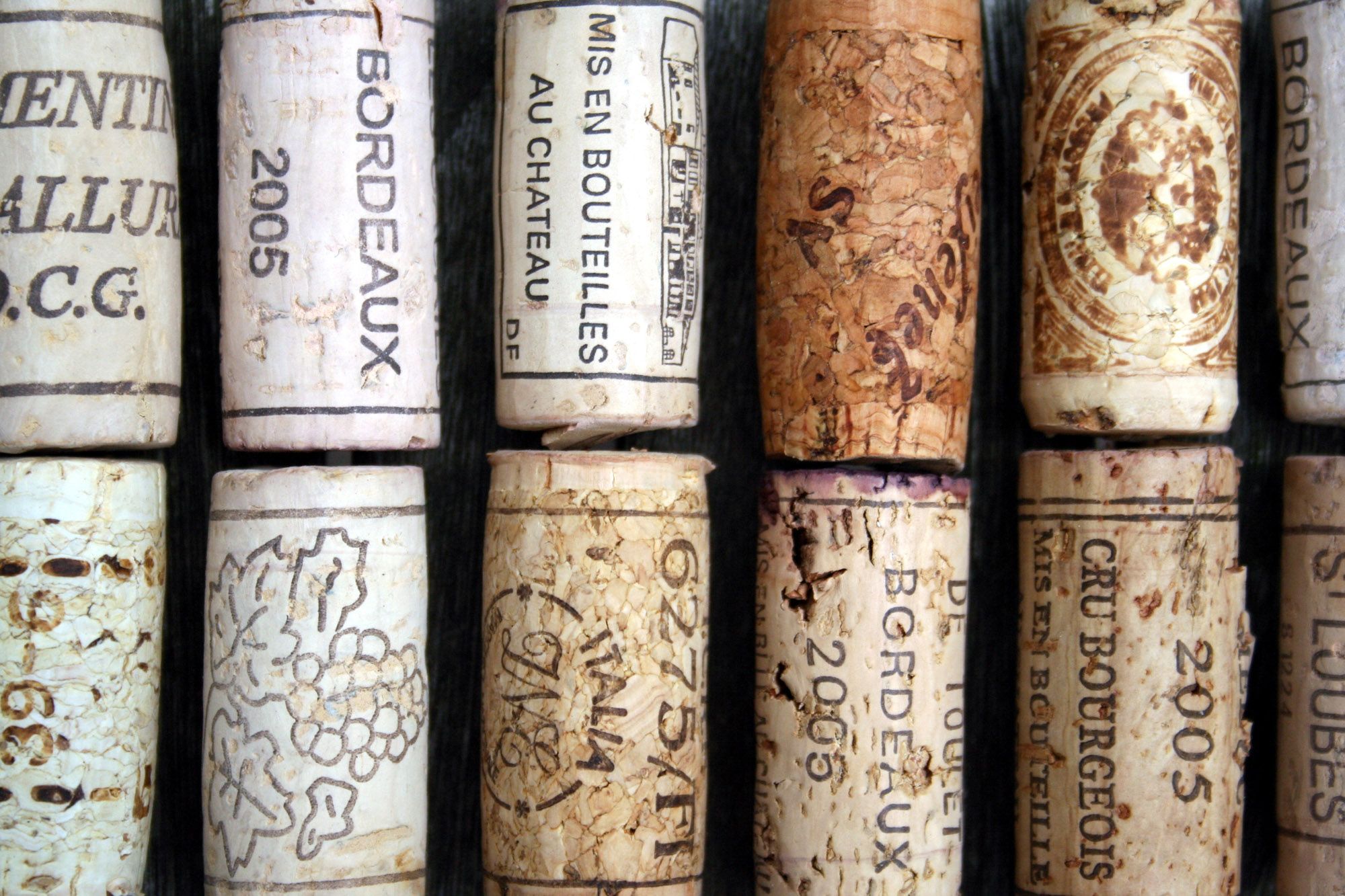
Many wine collectors, historians and oenophiles admit that the Bordeaux Wine Official Classification of 1855 has been under attack since…well, 1855. Driven by the ambitions of Emperor Napoleon III to champion and showcase fine French Bordeaux at the 1855 Exposition Universelle (although scholars have since credited his cousin, Prince Napoleon Jerome, with actually organizing it), the system has served as the ultimate barometer for categorizing the quality of these wine world superstars and their châteaux of origin. Altered only twice in its long history, it was derived from important classifications which preceded it—namely, Jefferson (1787); Jullien (1816, 1822, 1832); Franck (1824, 1845, 1853, 1860); Redding (1833); and Cocks (multiple versions from 1846). In fact, Thomas Jefferson, America’s third President, had named Latour, Lafite, Margaux and Haut-Brion as the highest collective echelon of Bordeaux wines nearly 70 years prior to the Exposition.
These original premier cru (or first growth) wines continue to be considered the ultimate tier among consumers and investors alike. But even with its impressive pedigree, the most recent issues raised concerning the relevance of the system, especially those which circulated during the 2014 en primeur campaign, may be the first to seriously question the 1855 Classification’s authority. Trends show an apparent falling off of support for the system, forcing the movers and shakers of the fine wine world to review and even reconsider its antiquated guidelines.

Both camps have interesting and, to some extent, cogent points.Those who still consider the Classification system definitive and relevant hold firm that it represents the best of what Bordeaux producers have to offer. In their opinion, the properties initially included—Medoc and Graves for red, and Sauternes and Barsac for the then less important white—earned that honor by delivering consistently superior wine using respected, long-proven production methods. In short, their talent, capabilities and work ethic were deservedly rewarded.
The opposing view is that the system was misguided from its onset. For starters, the guidelines imposed in 1855 were not based on taste, but instead on cost. To expedite their duties, the Bordeaux Chamber of Commerce, which was charged with organizing the 1855 Exhibition’s wine display, requested a list of the region’s best offerings from the Bordeaux Union of Brokers. It’s no surprise that a union comprised of brokers delivered a breakdown predominantly based on trading price. From their perspective, money talked and the market’s judgment ultimately determined the ranking order. Over 60 châteaux made the cut and all hailed from the region’s Left Bank—the Right Bank châteaux, not belonging to the Chamber of Commerce and therefore lacking the proper connections, were excluded en masse, which laid the foundation for additional objections and complaints.

The opposition believes now more than ever that the 1855 Classification is out of touch with the current market. Judgment criteria systematically dismiss newer components which impact the wine market, such as evolving production methods and available technology and consumption trends. Finally, one of their strongest arguments against the system is that the price tags, as well as the quality of products from Right Bank châteaux, have often eclipsed many from the Left.
But let’s backtrack to those wines which are not included on the 1855 Classification list and consider how they rate in the current fine wine market. The Pomerol region, home to the highly regarded Château Pétrus and Château Le Pin, has never been embraced by the system (although it can be argued that Pomerol’s châteaux weren’t market-viable producers until the late 20th century, due to the rise of the aggressive Vins de garage—or “garage wines” movement). At present, both Pétrus and Le Pin are priced higher than the classified first growths of the Pauillac region (Latour, Lafite and Mouton), which are still regarded as the pinnacle of Bordeaux wines.

Add to this the exclusion of the Saint-Emilion region. Saint-Emilion’s offerings—including Cheval Blanc, Pavie and Ausone—can definitely, with their world-renowned reputations, hold their own against classified first growths aligned with the 1855 system. In fact, the region eventually established its own classification system in 1955 in response to growing demand. Different from the 1855 Classification and, in the opinion of many experts, more accurate, the Saint-Emilion system is updated approximately every decade, allowing for château declines or improvements to be taken into account and reflected in quality assessments. 1855 loyalists, however, believe that such updates compromise integrity and continuity. In other words, why define standards when they are subject to change?
In contrast to the exclusions, there are also many wines that were, in fact, included in the 1855 Classification but have not lived up to their positive press. The quality of classed growths such as Ferrière, Croizet-Bages and Camensac, has declined over the years, balancing out at a moderate or even a sub-moderate appeal. As a result, many question why they should still enjoy the cachet of inclusion in the 1855 system while far superior wines remain on the outside looking in.

So what is the future of the 1855 Classification? With equally passionate factions on both sides, it’s anyone’s guess. While opponents make a strong case against its relevance and validity, the fine wine world is still one which respects and appreciates history and tradition, both of which are represented by the 160-year-old icon. Call it clout, credibility or basic snob appeal, but the Bordeaux Wine Official Classification of 1855 has maintained a unique stature that has yet to be diminished in spite of its shortcomings. The end result? It’s alive and well for the foreseeable future.









